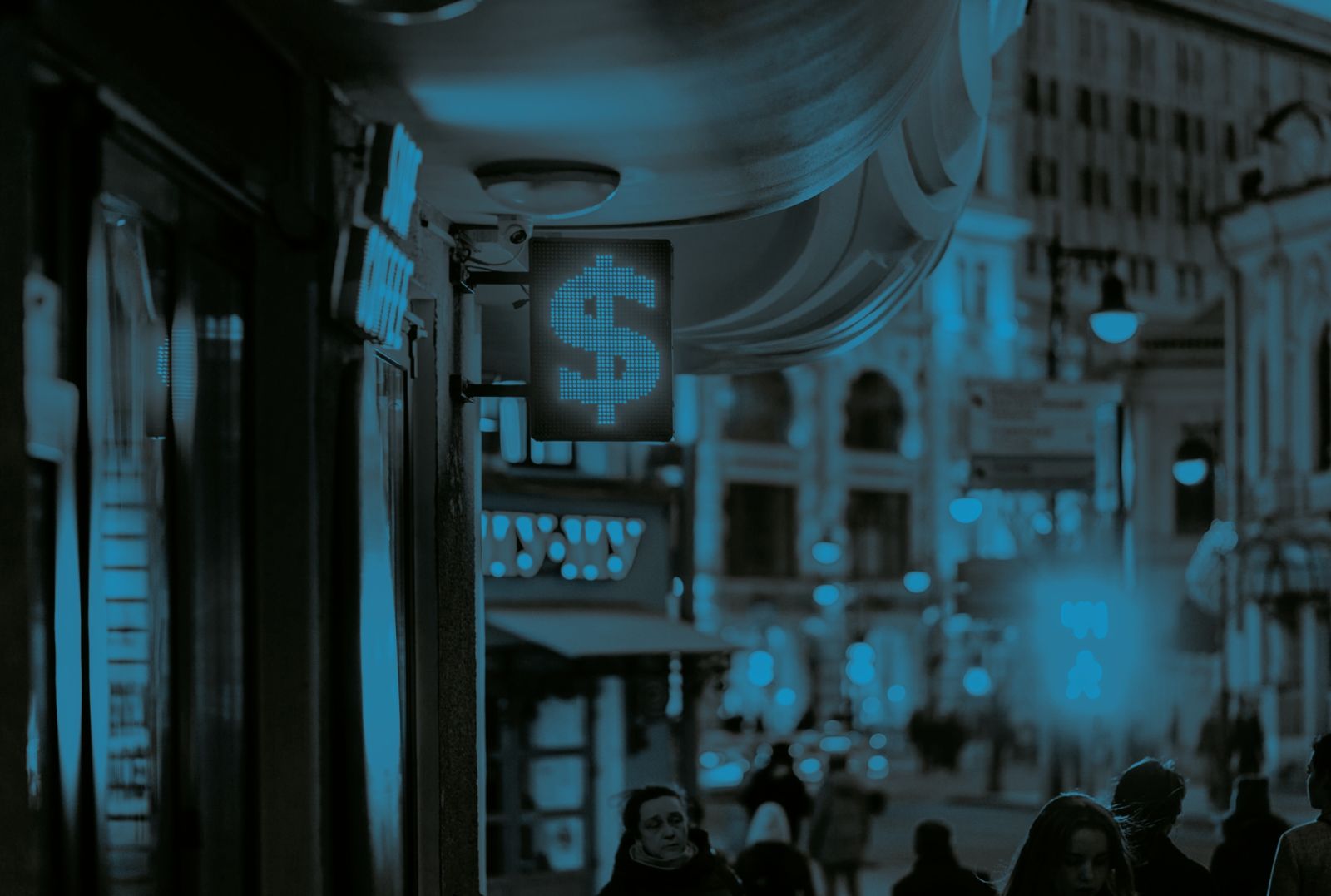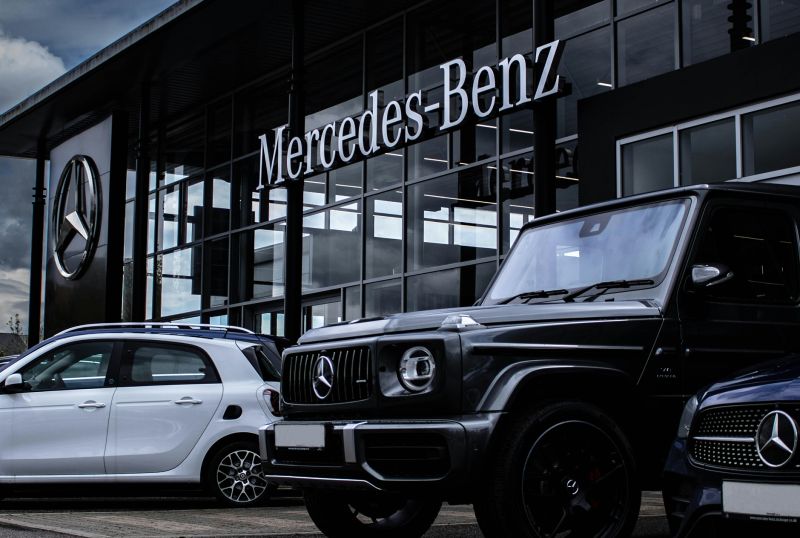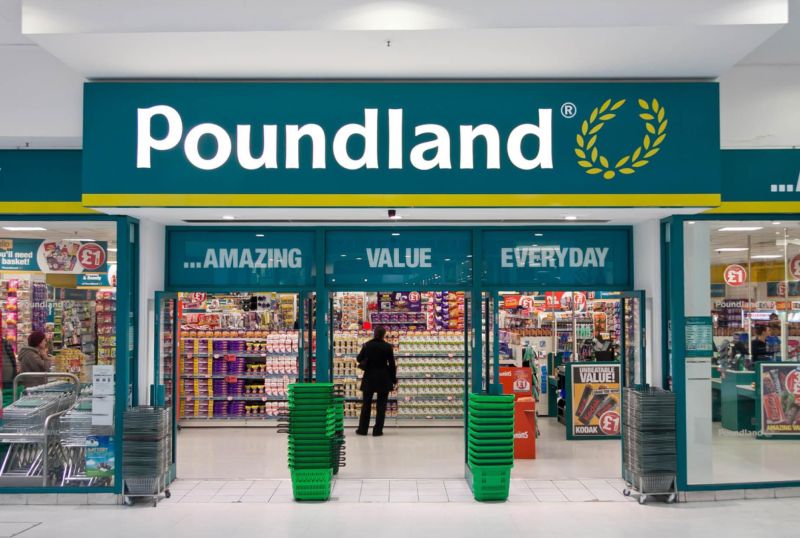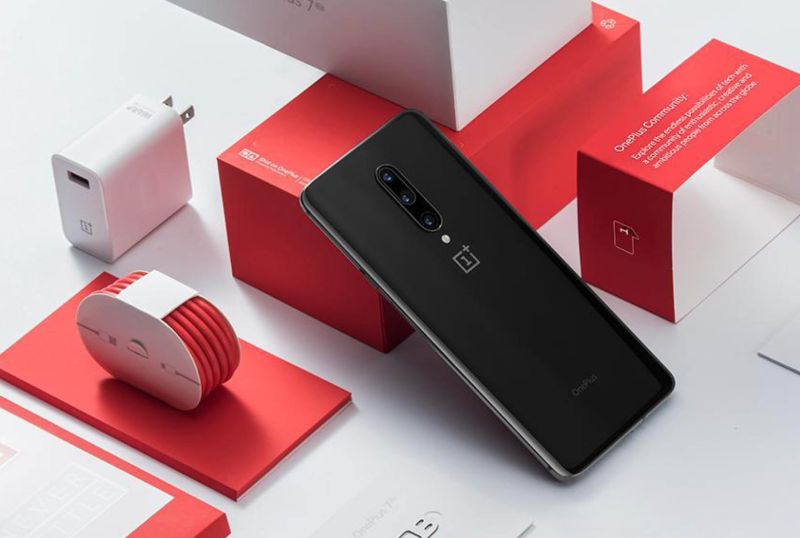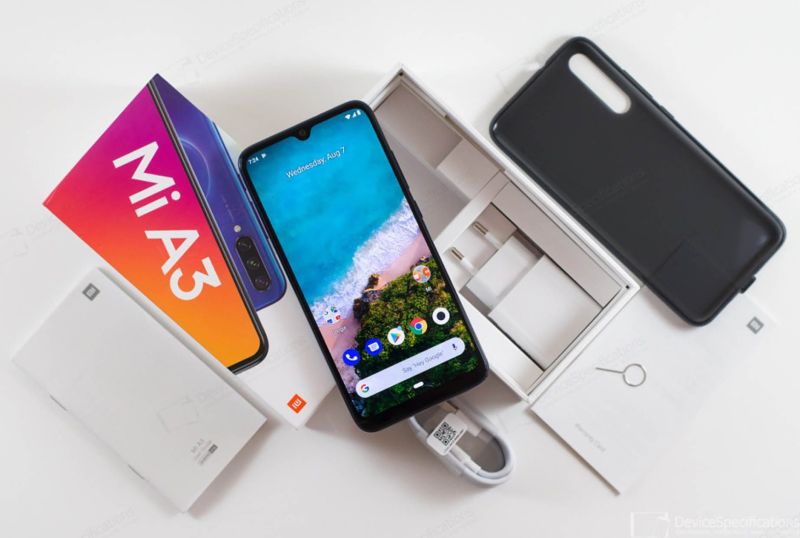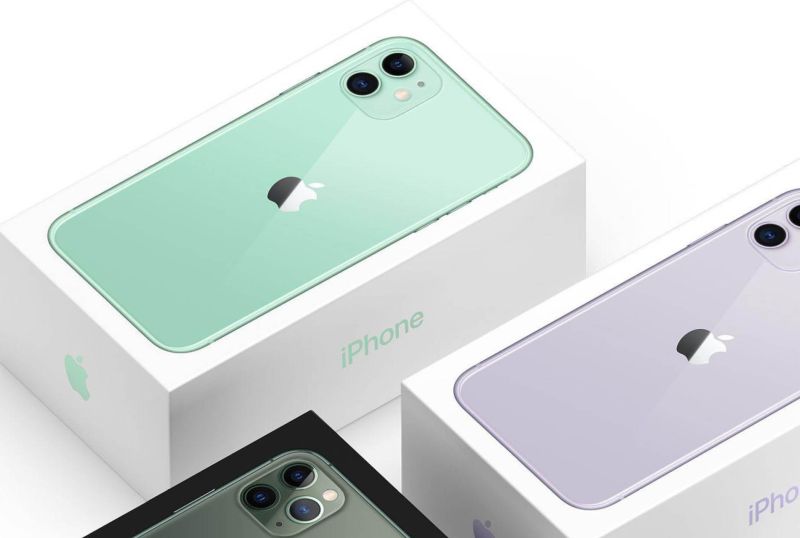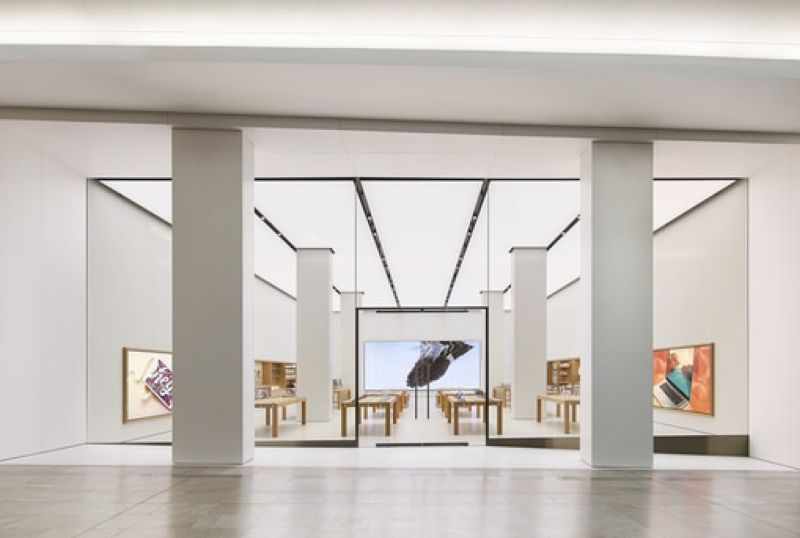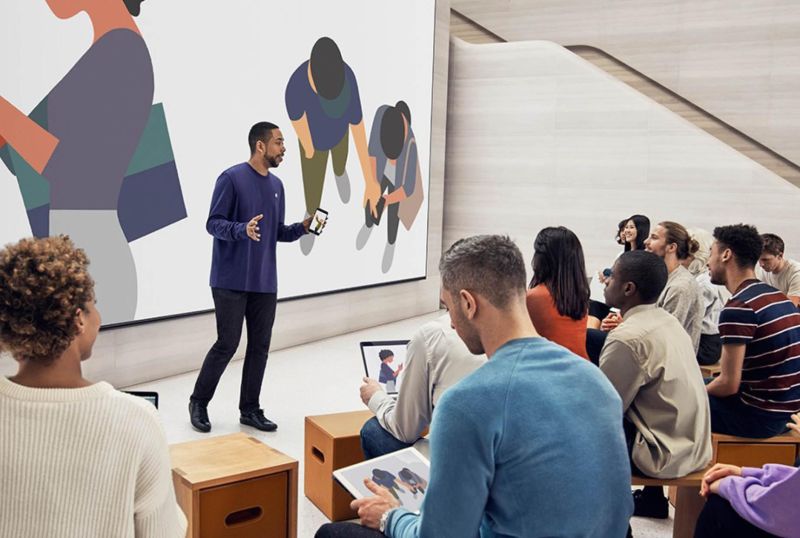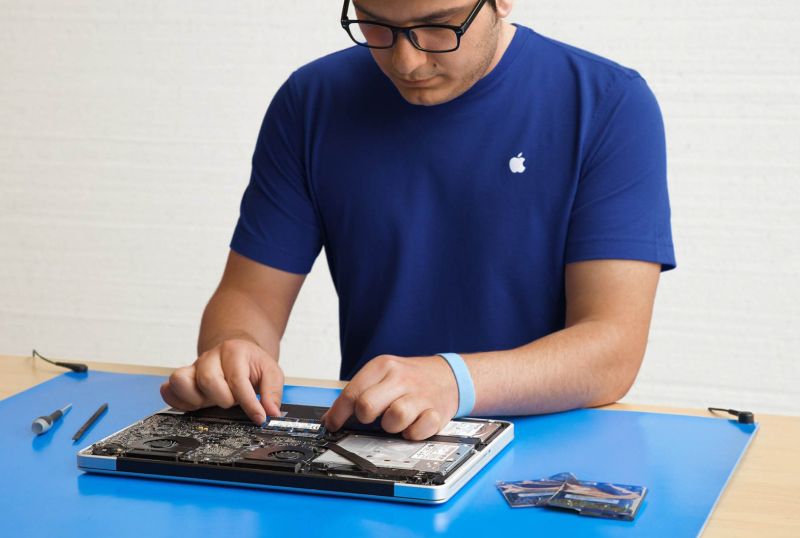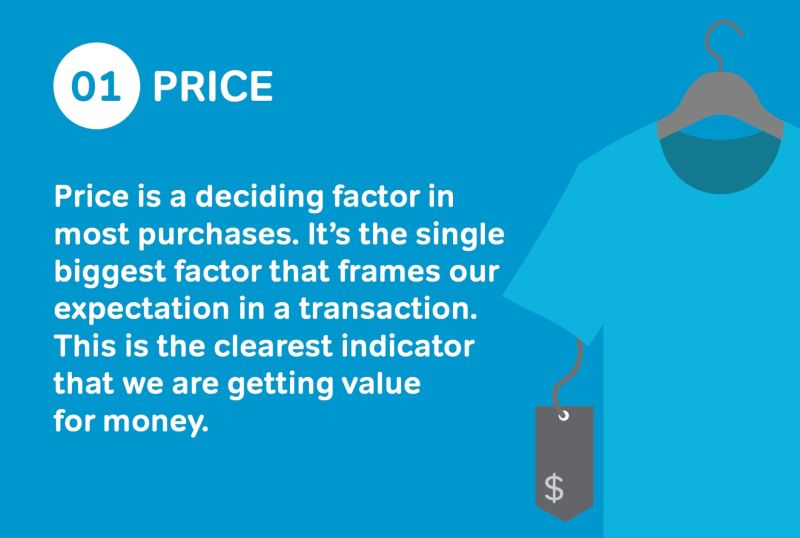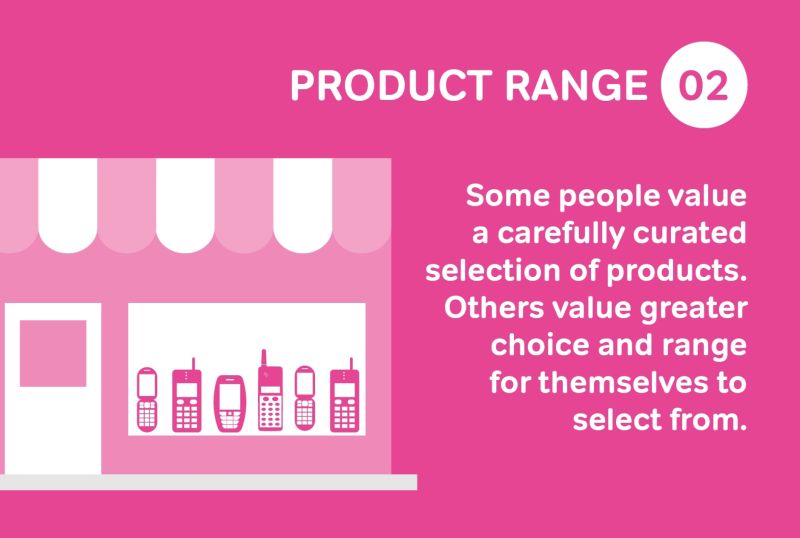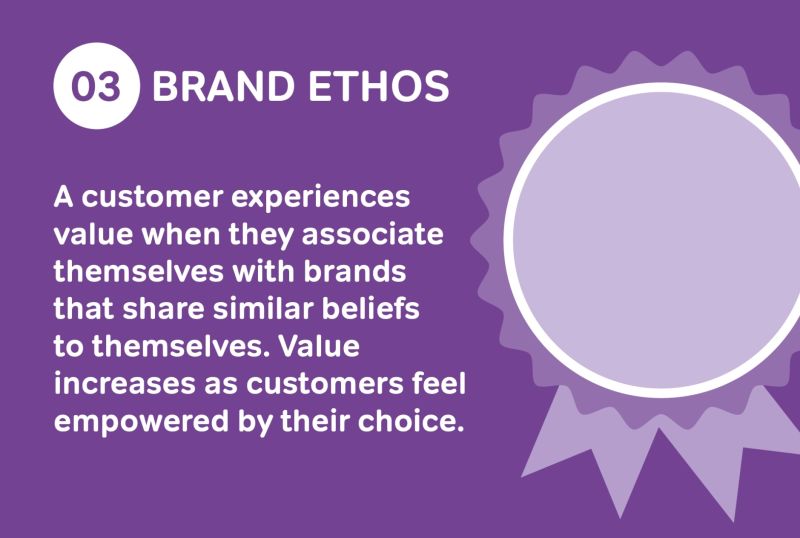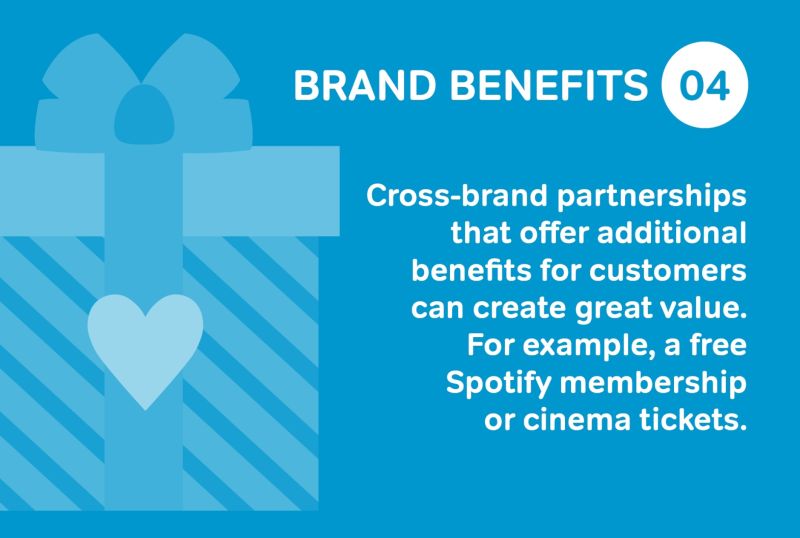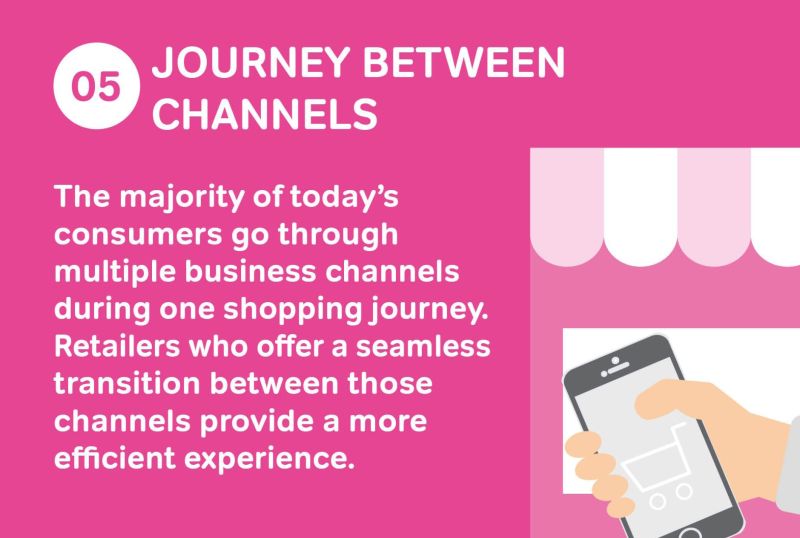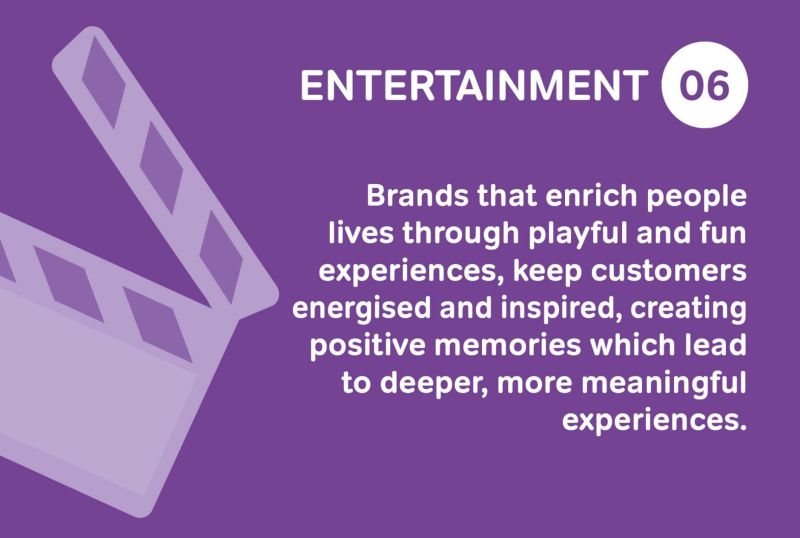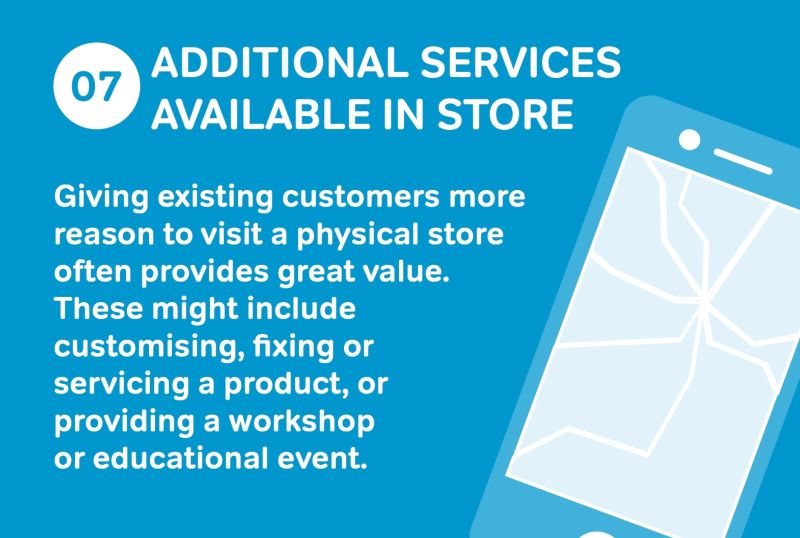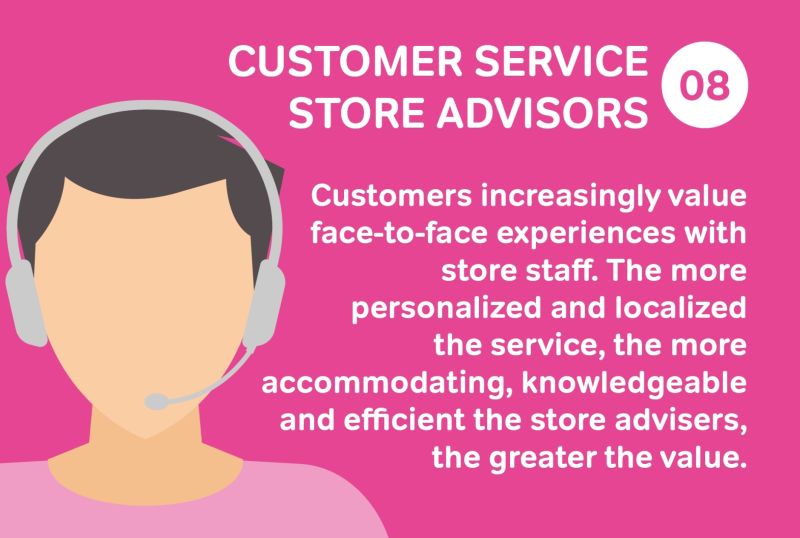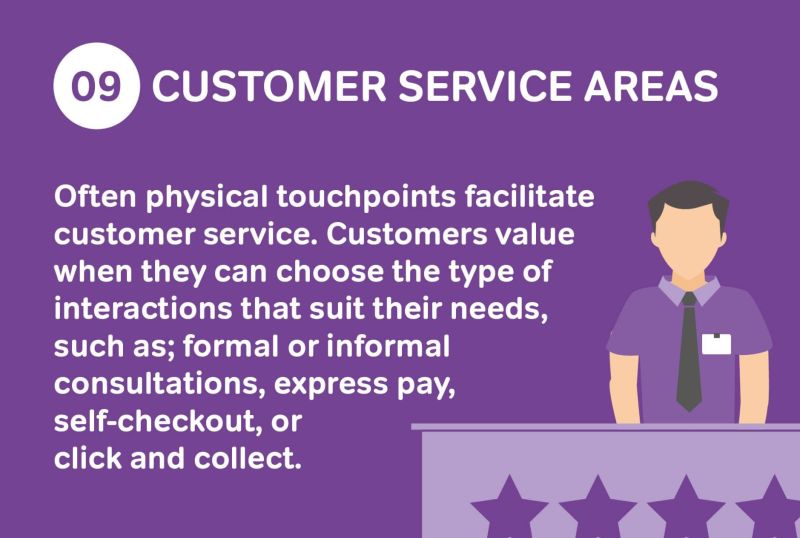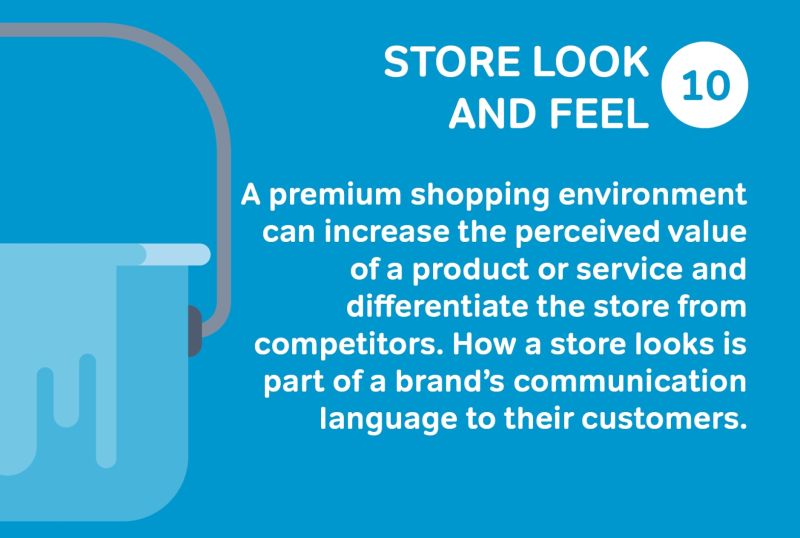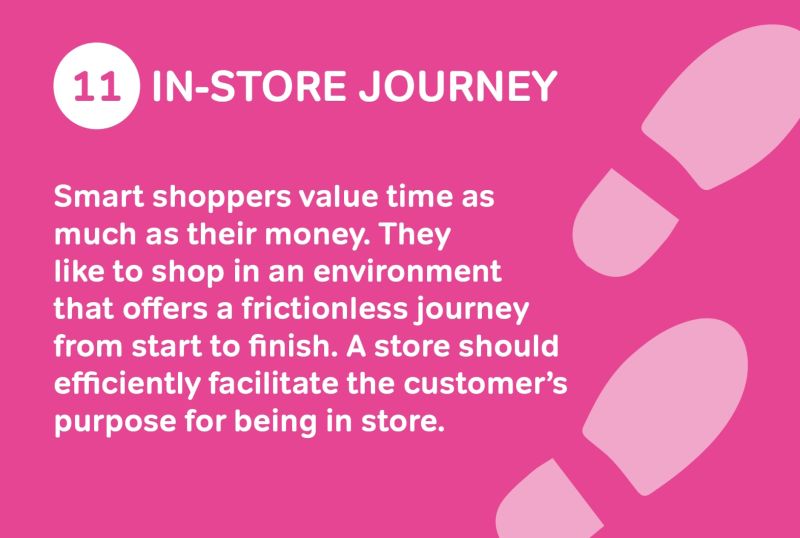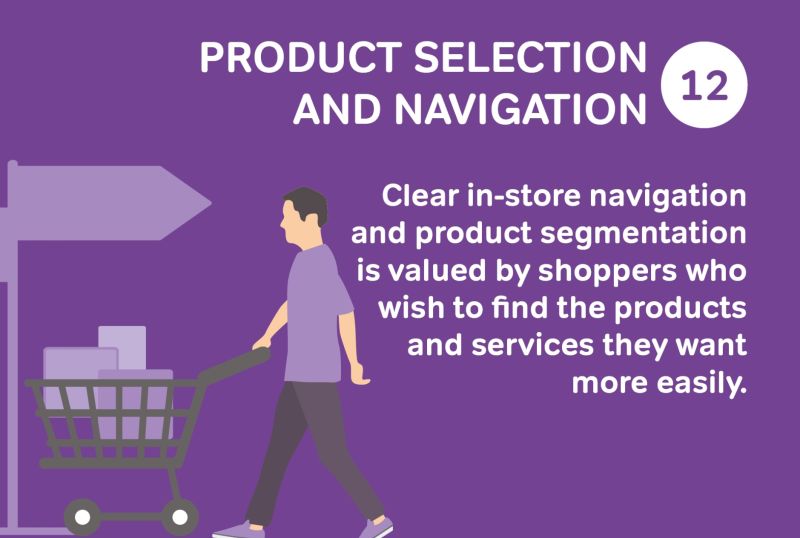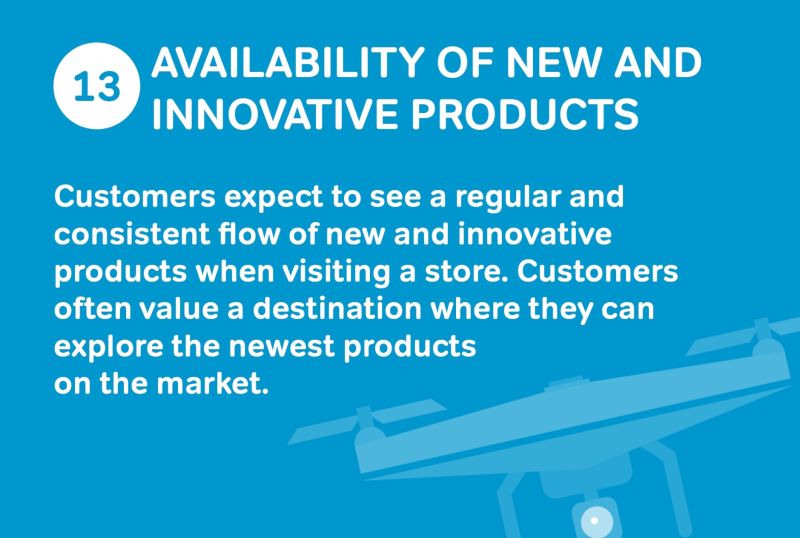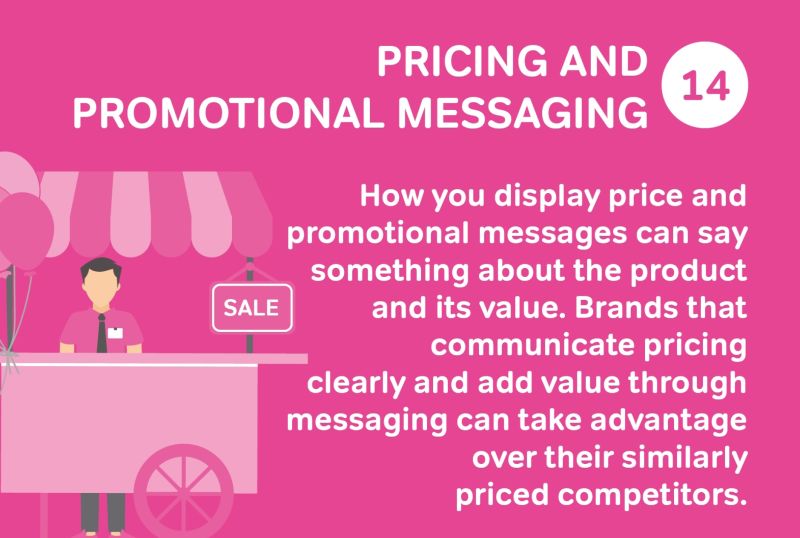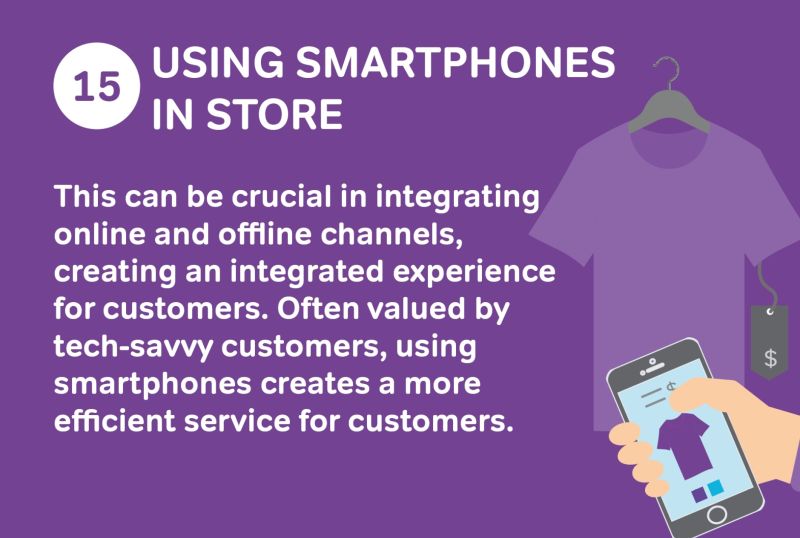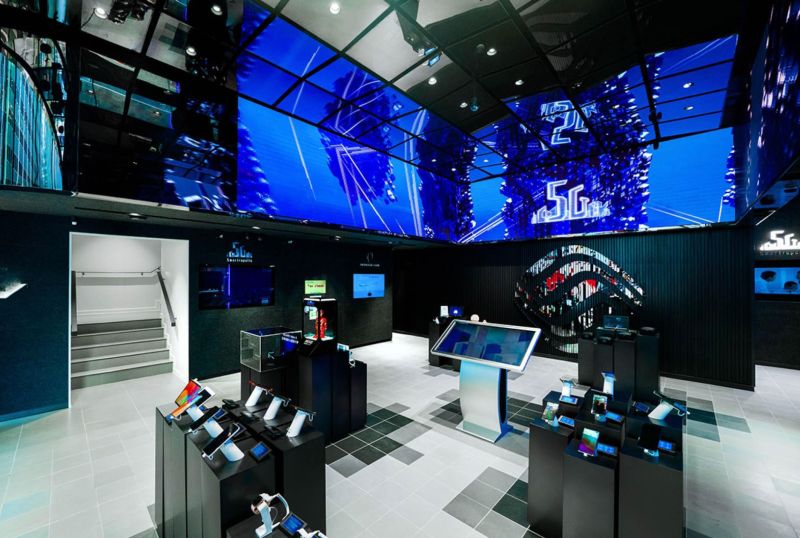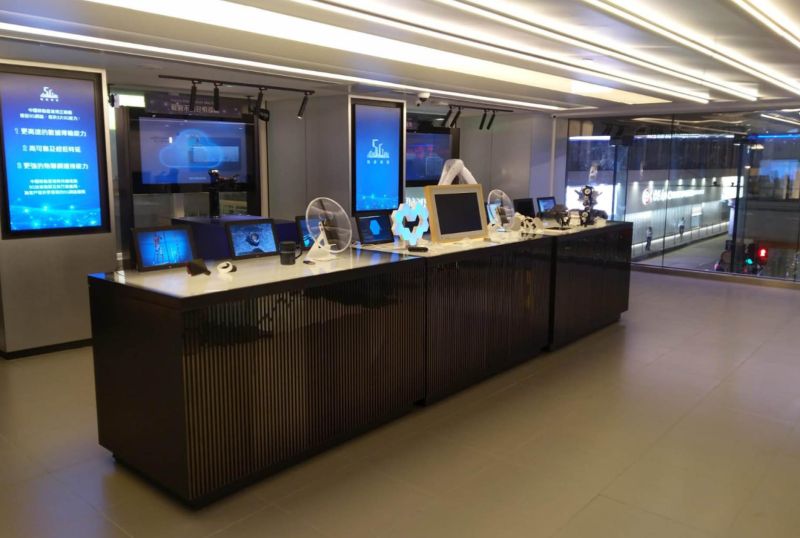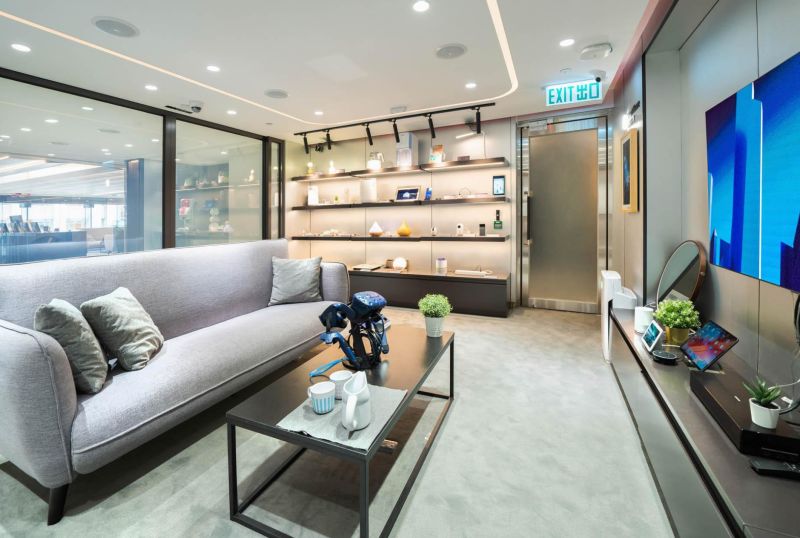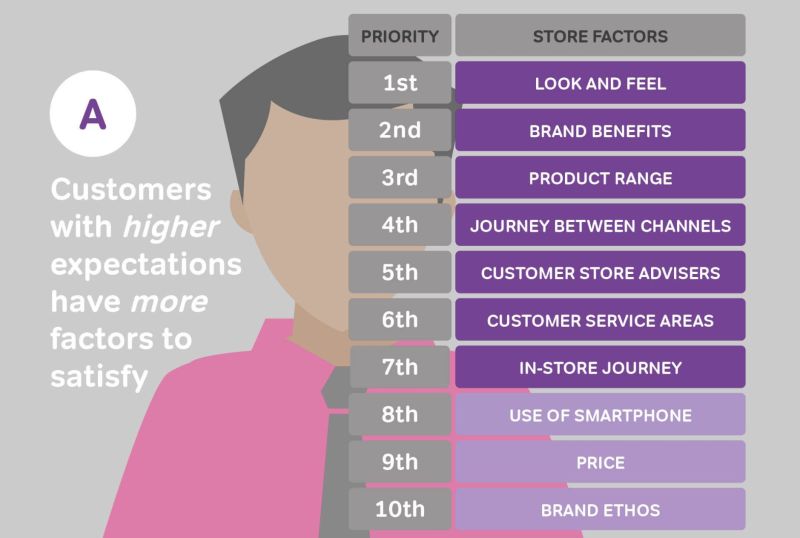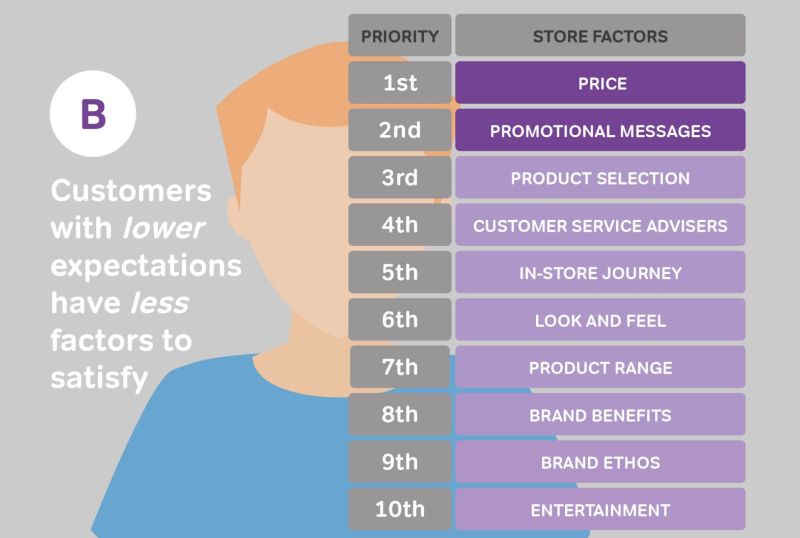Designing the value gap into your physical store experience
Through the pandemic experience, there is no doubt that people’s habits have changed, and some of the short-term habits adopted will develop into longer-term behaviours that will have a significant impact on retail and the expectations of physical stores.
Brands continually need to work hard to understand the new priorities of consumers, as what they value changes, and what they need and want from their physical retail experiences shifts.
What is important to customers matters. If a brand can fulfil the customer’s expectations and deliver the value that customers demand, then these brands will continue to be successful. Those brands that exceed their customer’s expectations by delivering more value than expected will leave the customers with a huge feel-good factor. Getting value when it is unexpected builds unprecedented levels of loyalty, trust and brand advocacy. The physical store experience offers one of the best opportunities to design in and create that feeling for your customers.
What is a Value Gap?
All consumers desire great value, but value is a perception. It’s a feeling measured subjectively. However, what is recognisable to all consumers is the notion of experiencing value unexpectedly; when consumers feel like they’ve won the lottery. At Quinine, we call this the ‘Value Gap’.
The value gap is a feeling you have when you perceive that you have got more value than you expected from a transaction. It’s the gap between shoppers’ expectations and reality. This feeling is the Holy Grail of the smart shopper mindset.
A smart shopper is traditionally defined as a consumer who does a significant amount of research before making a purchase. In reality, this isn’t a special type of consumer. We are all smart shoppers. This behaviour is motivated by an innate human desire to obtain the best value possible. It transcends all shopper profiles and all price points, as a person buying a luxury car from a dealership wants value just like someone buying shampoo from a discount store.
Most would associate the value gap feeling with price - the feeling you get when you believe you've got greater value for your money than expected. While most see the value gap being intrinsically connected to price, it can be achieved through many more factors than just price alone.
The packaging and presentation of products illustrate how our perception of value extends beyond mere product and price. Let’s consider smartphone packaging. You’re a customer buying Apple’s latest iPhone. It’s a high-end product at the luxury end of the market, and you have high expectations. And as you excitedly open your new device, the packaging aligns with those expectations; it may even slightly exceed them. Whatever your motivations to purchase at the luxury end of the market, you are satisfied as your expectations have been met; this is the best device from the best brand in the market. Interestingly, the satisfaction in opening the package is something that Apple has built-in as part of the purchase experience and something you can’t enjoy unless you make a purchase.
Now let’s imagine you purchase a much cheaper alternative. It’s from an emerging brand, and you’ve read that they’re great value. Naturally, given the lower price point, your expectations are not as high as when buying the Apple device. Nevertheless, as you open the box, the packaging surprisingly has the same high-quality finish and presentation as delivered by Apple. Your expectations have been blown away, and you feel so good about your purchase! This sense of delight is the value gap, that feeling you get at that moment when you believe you’ve got more than you paid for.
The Value Gap and the physical retail store
Retail transactions have evolved beyond the simple exchange of goods and services for money. A shopper’s ‘currency’ is no longer just about money. They now consider the amount of time, their level of engagement, trust and loyalty as part of the transaction. Furthermore, a retailer doesn’t just deal in products, they can also provide experiences. A shopper can enter a store and perceive the experience to hold great value, and by doing so, experience the value gap despite not purchasing a thing.
Just as described with packaging, the physical store experience can deliver value in so many ways. When visiting an Apple store, a shopper has the same high expectations of the retail experience that they have of the Apple device and packaging. Naturally, shoppers have lower expectations of the stores belonging to brands at the lower end of the market. This is where tremendous opportunities exist. Once a customer is inside the four walls of the physical store, a retailer has the greatest opportunity to create a value gap.
Designing the Value Gap
The key to designing the value gap into the physical retail experience is understanding who’s coming into a retailer’s store and their expectations. What is important to each shopper segment you’re targeting, and what drives their values? Once this is clear, look to understand the factors that can help realise these shopper expectations and those that provide unexpected value.
We have identified fifteen Business Factors and Store Factors that are mechanisms for creating the perception of great value. Driven by multiple variances (sector, size, customer base), the use and priority of these factors will vary for each retailer, and we recognise that some specialist retailers will have additional factors. (Please see the image carousel or read through the text below)
- Price
Price is a deciding factor in most purchases. It’s the single biggest factor that frames our expectation in a transaction. This is the clearest indicator that we are getting value for money. - Product Range
Some people value a carefully curated selection of products. Others value greater choice and range for themselves to select from. - Brand Ethos
A customer experiences value when they associate themselves with brands that share similar beliefs. Value increases as customers feel empowered by their choice. - Brand Benefits
Cross-brand partnerships that offer additional benefits for customers can create great value, for example, a free Spotify membership or cinema tickets. - Journey between Channels
Time-sensitive experiences are highly valued by customers. Retailers who offer a seamless transition between different business channels provide a more efficient experience. - Entertainment
The majority of today’s consumers go through multiple business channels during one shopping journey, often starting online. Retailers who offer a seamless transition between those channels provide a more efficient experience. - Additional Services available In-store
Giving existing customers more reason to visit a physical store often provides great value. These might include customising, fixing or servicing a product, or providing a workshop or educational event. - Customer Service Store Advisers
Customers increasingly value face-to-face experiences with store staff. The more personalised and localised the service, the more accommodating, knowledgeable and efficient the store advisers, the greater the value. - Customer Service Areas
Often the physical store design facilitates customer service. Customers value when they can choose the type of customer service that they are comfortable with in-store, engaging in a way that suits their needs. - Store Look and Feel
A premium shopping environment can increase the perceived value of a product or service and differentiate the store from competitors. How a store looks is part of a brand’s communication language to its customers. - In-store Journey
Smart shoppers value time as much as their money. They like to shop in an environment that offers a frictionless journey from start to finish. A store should efficiently facilitate the customer’s purpose for being in-store. - Product Selection and Navigation
Clear in-store navigation and product segmentation is valued by shoppers who wish to find the products and services they want more easily. - Availability of New and Innovative Products
Customers expect to see a regular and consistent flow of new and innovative products when visiting a store. Customers often value a destination where they can explore the newest products on the market. - Pricing and Promotional Messaging
How you display price and promotional messages can say something about the product and its value. Brands that communicate pricing clearly and add value through messaging can take advantage over their similarly priced competitors. - Using Smartphones In-store
This can be crucial in integrating online and offline channels, creating an integrated experience for customers. Often valued by tech-savvy customers, using smartphones creates a more efficient service for customers.
Not all Value Gaps are equal
Given that value is determined by an individual shopper’s expectations, there is no one value gap that fits all, and when a shopper has high expectations of one of these factors, there is less opportunity to create a value gap around that factor.
A customer who has an existing relationship with a brand will have certain expectations of the store’s look and feel. If expectations are high around a specific factor, then it would not be the best factor to create value around for that customer. It’s when a customer has low expectations that there is a bigger opportunity to create a value gap. For example, a customer shopping in a budget retailer might have low expectations of customer service. In this scenario, they feel a sense of great value when the quality of customer service experienced in-store is unexpectedly high.
In order to maintain customer loyalty and patronage, a brand needs to first meet the expectations that align with what a customer values. A customer, who is constantly on the road, may choose their mobile provider because they are known for industry-leading network coverage and reliability. These would be ‘established expectations’ and would be difficult avenues to create a sense of great value for the brand.
Designing a value gap requires a brand to provide experiences of importance to the customer that exceed their expectations. There is great opportunity in focusing on the in-store factors that the customer considers less important (values less) or may not even be consciously aware of. A customer may not value a highly efficient store journey until they’ve experienced it. Likewise, the benefits of integrating smartphone use into the store experience might not be recognised until a customer has been shown the benefit. It may be a case of simply teaching customers how to apply technology that already sits in their pocket.
Some customers have higher expectations than others. Premium brands often have to deliver value on many factors to satisfy their customers. When buying their products or services, their customers invest more (financially) and subsequently want more in return. Yet, some customers have lower expectations. For these customers, brand satisfaction is concentrated into fewer factors. This is where great opportunities lie, as customers with a smaller spectrum of brand expectations allow the greatest opportunity to design a value gap. A customer may be primarily preoccupied with price and product selection. While these are non-negotiable, there remain many other ways for brands to provide value that wows their customers and far exceeds their competitors.
A blueprint for providing value
If you’re a retailer looking to improve your store experience, how is this important to you? This is a blueprint for providing valuable experiences for your customers. It’s an insight into the complexity of providing value for all of your customers by accounting for their different expectations.
Every store experience should strive to create a value gap for the customers that enter their store. Too often, retail’s solution to value perception is through price. Using the store’s look and feel, materials, and product presentation just scratches the surface of the many ways in which value can be provided to customers within the walls of a retail store. We believe it is possible to design value into a retail experience, using the various value factors, to create multiple value gap moments on a pathway to purchase.
Following significant events like the pandemic, we stabilise into a new normal and customers reprioritise what’s important to them. Pandemic or no pandemic, customer’s value spectrums are constantly shifting and brands need to be frequently reviewing their understanding of what customers value and realign their in-store experiences with customer expectations that deliver valuable interactions that develop greater customer loyalty and brand advocacy.
